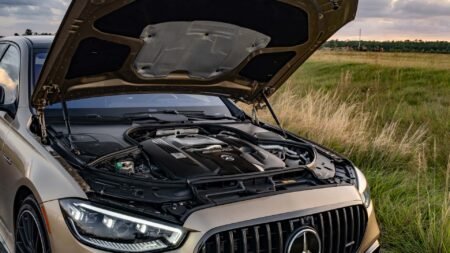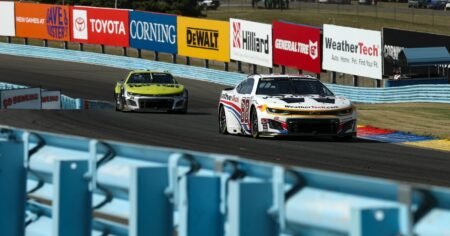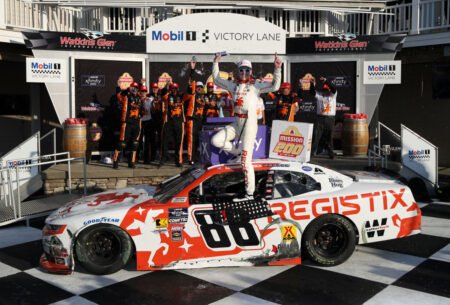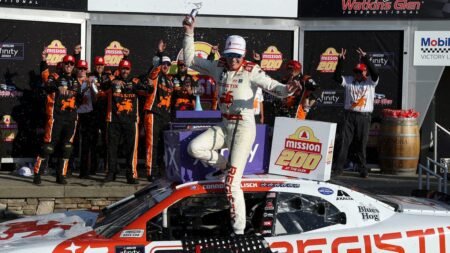Toyota is adamant that the internal combustion engine still has a bright future despite the rise of electric vehicles. The world’s largest carmaker has reaffirmed its long-term commitment to ICE by partnering with fellow Japanese brands Subaru and Mazda on a new family of gas engines. Smaller and lighter four-cylinder units are touted as a “game-changer solution” by the company’s Chief Technology Officer, Hiroki Nakajima.
We now know the Japanese automotive giant plans to use the upcoming 1.5- and 2.0-liter engines in nearly every conceivable type of powertrain. Toyota Europe Vice President of Product Strategy and Marketing Andrea Carlucci told Automotive News the new hardware’s versatility is key: “We are trying to optimize the new engine for any type of application, whether it’s electric, hybrid, or hydrogen.”
While the idea of a gas engine in an electric application might sound odd, a plausible scenario exists. Toyota is likely referring to extended-range electric vehicles (EREVs), where the combustion engine doesn’t drive the wheels but instead serves solely as a generator to recharge the battery on the go. This setup allows the engine to run at optimal speeds for maximum efficiency. Examples include the BMW i3 REX, the Ramcharger, Mazda MX-30, Scout’s upcoming truck and SUV, and Nissan’s models equipped with E-Power tech.
Toyota has already announced plans to sell extended-range electric vehicles in China through its local joint venture with GAC, giving the Highlander SUV and Sienna minivan the EREV treatment. These models are expected to use a small engine that isn’t mechanically connected to the wheels. Instead, propulsion will come exclusively from electric motors, with the engine serving only to extend range without abandoning gasoline entirely.
Toyota achieved 41 percent thermal efficiency back in 2018 and could be aiming to improve that figure further. Its next-generation engines will run not only on fossil fuels, but also on biofuel, hydrogen, and synthetic fuel. Beyond full hybrids and EREVs, Toyota is also exploring long-range plug-in hybrids, with Carlucci estimating that 62 miles (100 kilometers) without sipping any gasoline represents the “tipping point.”
Confirmed engines include naturally aspirated and turbocharged 1.5-liter units, along with a larger 2.0-liter turbo. Efficiency won’t be the only focus as the latter will also have a performance version for Gazoo Racing (GR) models, delivering up to 600 horsepower in race cars.

33
Carlucci also discussed vehicle architectures:
“Everybody has taken an ICE platform and turned it into something that is electrified to some degree. So, why not conceive a platform that is EV-native and see how much we can adapt it to be used for a plug-in hybrid or a full-hybrid without sacrificing any of the new platform’s strengths?”
Of course, dedicated electric platforms are nothing new. Tesla is the obvious example, but there’s also Volkswagen Group’s MEB, Hyundai and Kia’s E-GMP, and Mercedes’ EVA, among others. Additionally, some EV-native platforms can also accommodate combustion engines, such as Stellantis’ STLA Small, Medium, Large, and Frame. Scout’s upcoming models fit this category, as will VW Group vehicles on the forthcoming Scalable Systems Platform (SSP).
Much like Toyota chairman Akio Toyoda, who has famously said EVs will never exceed a 30 percent market share, Carlucci maintains that electric cars are not the sole path to decarbonization. He argues for powertrain diversity, giving customers the freedom to choose: “We will not push EVs in markets where there is no demand.”
Read the full article here














